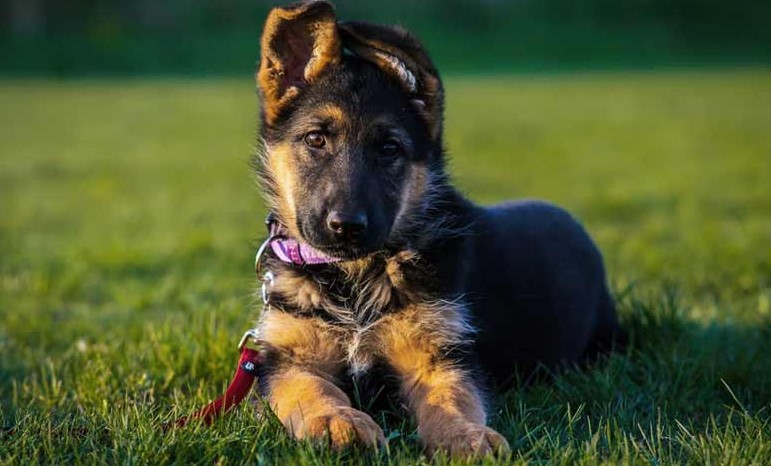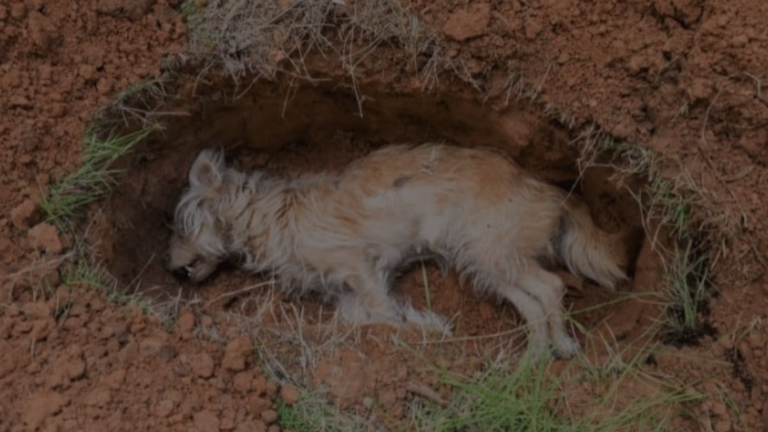If you’re a pet enthusiast and a dog owner, you’ve probably heard about the practice of gluing dog ears. This technique is commonly used to shape a puppy’s ears during their growth phase, especially in breeds with floppy or semi-floppy ears. But when is it too late to glue dog ears? In this comprehensive guide, we will explore the ins and outs of this process to help you understand the right time and method for gluing your dog’s ears.
Table of Contents
ToggleIs Gluing Dog Ears Safe and Humane?
Gluing dog ears is a practice that has both proponents and critics within the dog breeding and showing communities. Let’s explore the different perspectives:
- Safety and Humane Considerations:
- Safety: When done correctly, gluing can be safe for the dog, but improper application can lead to discomfort or injury.
- Humane: Opinions vary; some see it as a non-invasive alternative, while others question altering natural features for aesthetics.
- Pros of Gluing:
- Non-Surgical: Gluing avoids invasive surgery.
- Aesthetic Purposes: Important for certain breeds’ show standards.
- Early Intervention: Best results when started during the puppy’s early weeks.
- Cons of Gluing:
- Effectiveness: Success varies among dogs.
- Comfort: Gluing can cause discomfort or stress.
Ethical Concerns: Altering appearance purely for aesthetics raises ethical questions.
When is it too Late to Glue Dog Ears?
Gluing dog ears is a practice that has been around for quite some time within certain dog communities. It’s a technique used by some owners to help shape or correct the ear carriage of their dogs, especially in breeds where a certain ear shape or position is desired for show standards or aesthetic preferences.
For breeds like German Shepherds, Dobermans, or Shelties, the correct ear position is an important aspect of breed standard appearance. Some owners believe that gluing can help train the ear cartilage to harden in the correct position, ultimately creating the desired look without the need for surgical intervention.
The timing of ear gluing is crucial; starting too late can result in ineffective shaping as the cartilage in the ears may have already hardened. The ideal window for this practice is when a puppy is young and still developing, usually before it reaches a certain age.
For Shelties, the period when their ears can be successfully glued is relatively short. Typically, ear gluing should be initiated when the puppy is around 8 to 12 weeks old. Beyond this age, the cartilage in the ears becomes firmer, and gluing them may not produce the desired effect. So, timing is everything when it comes to gluing Sheltie ears.
When Should You Start Gluing?
The best time to start pinning the ears is when your puppy is about three to four months old. At this stage, the cartilage in their ears is still flexible, allowing them to be easily shaped. Waiting too long can make the process more difficult, as the cartilage becomes less flexible. The key here is to be proactive and start early.

Signs It Might Be Too Late
Here are some signs that it might be too late to effectively glue dog ears:
- Firm Cartilage: If the puppy’s ear cartilage has already hardened significantly, gluing may not be effective. Cartilage becomes less malleable as the puppy grows older.
- Resistance or Discomfort: If the puppy shows signs of discomfort, pain, or resistance during the gluing process, it’s essential to stop immediately. Continuing could cause stress or harm.
- Visible Changes: If you’ve been gluing the ears consistently but haven’t noticed any positive changes in the ear position over several weeks, it might be too late.
- Age: Generally, the ideal window for gluing is when the puppy is around 8 to 12 weeks old. Beyond this age, the chances of success decrease.
How to Properly Glue Dog Ears
Here’s a step-by-step guide on how to safely apply dog ear glue:
- Begin by cleaning the dog’s ears to ensure they are free of dirt and oils.
- Carefully apply a small amount of dog ear glue to the appropriate area following the product’s instructions.
- Gently position the ear in the desired shape and hold it in place until the glue sets.
- Monitor the dog’s reaction and comfort level throughout the process.

Remember these tips for ensuring the glue for dog ears sets correctly:
- Ensure the ear is completely dry before applying any adhesive.
- Apply the glue sparingly to avoid excess that can cause discomfort.
- Allow the glue to set fully, as per the product’s recommended time, before letting the dog resume normal activity.
Keep in mind that gluing dog ears should always be done with care and precision to ensure the safety and comfort of your furry friend.
How Long Does It Take for the Glue to Set?
The setting time for dog ear glue can vary depending on the specific product you’re using. Generally, it takes about 5 to 10 minutes for the glue to fully set and hold the ear in the desired position. During this time, it’s essential to ensure that the dog remains calm and doesn’t disturb the glued ear. Patience and gentle handling are key to achieving the best results.
What Are Some Other Methods to Shape Dog Ears?
Here are some other methods to shape dog ears:
- Taping:
- Taping is commonly used for breeds like Great Danes, Dobermans, and Boxers. It involves using medical tape or adhesive strips to gently fold the ears into the desired position.
- The process typically starts when the puppy is around 8 to 12 weeks old.
- Regular adjustments are made to maintain the correct ear shape until the cartilage hardens.
- Splinting:
- Splinting is similar to taping but uses a more rigid material like plastic or foam.
- A splint is placed inside the ear to hold it in the desired position.
- This method is often used for puppies with weak or floppy ears.
- Massage and Manipulation:
- Gentle massage and manipulation of the ear cartilage can help encourage proper shaping.
- This method is less invasive and can be done daily during the puppy’s early weeks.
- Ear Forms or Braces:
- These are specially designed devices that fit inside the ear to maintain the desired shape.
- They are often used for breeds like Cocker Spaniels or Chihuahuas.
- Surgical Intervention:
- In some cases, surgical procedures may be necessary to correct severe ear deformities.
- Consult a veterinarian or a veterinary specialist for professional advice.
Resources & References
For more in-depth information on ear gluing and dog care, consider checking the following high-authority resources:
FAQs – Glueing Dog Ears
At what age can you no longer crop a dog’s ears?
There is no definitive answer to this question, as the legality of ear cropping varies from country to country. In some countries, ear cropping is illegal at any age, while in others, it may be legal for certain breeds of dogs up to a certain age.
How old can you tape a dog’s ears?
Ear taping is a technique used to help puppies’ ears stand upright. It is generally recommended to start ear taping when puppies are between 6 and 8 weeks old. However, it is important to note that ear taping is not always successful, and some puppies’ ears may never stand upright on their own.
What age can you glue puppies’ ears?
Ear gluing is a similar technique to ear taping, but it uses glue instead of tape to hold the puppy’s ears in place. Ear gluing is generally not recommended, as it can be painful for the puppy and can damage the ear cartilage.
What kind of glue is safe for dog ears?
There is no safe glue for dog ears. All glues can be harmful to dogs if ingested or if they come into contact with their skin or eyes.
Is 6 months too old to crop a dog’s ears?
Yes, 6 months is too old to crop a dog’s ears. The older the puppy, the more difficult and painful the procedure will be.
Can you crop a dog’s ears at 14 weeks?
In some countries, it may be legal to crop a dog’s ears at 14 weeks old. However, it is important to note that this is still a very young age for this procedure, and it is important to consult with a veterinarian to make sure that it is safe for your dog.







